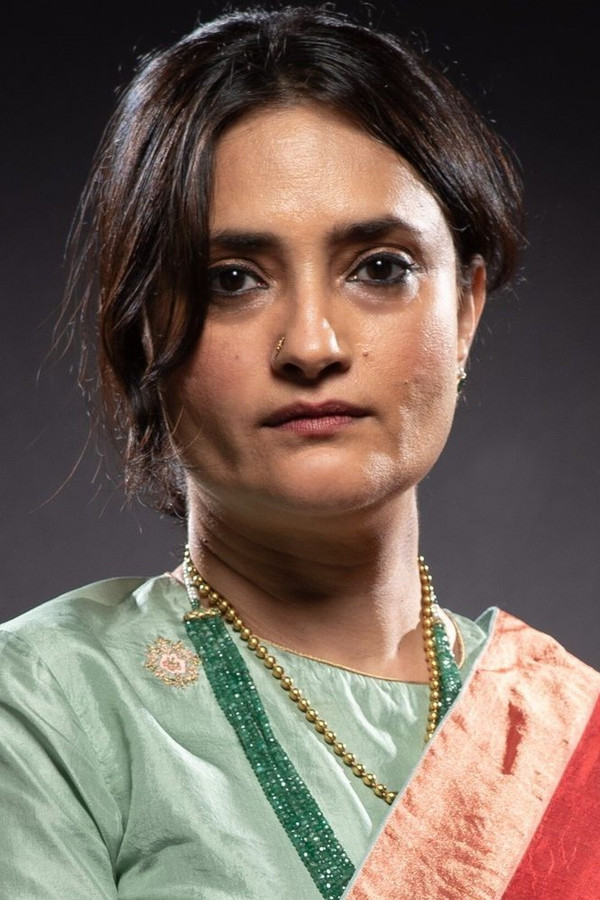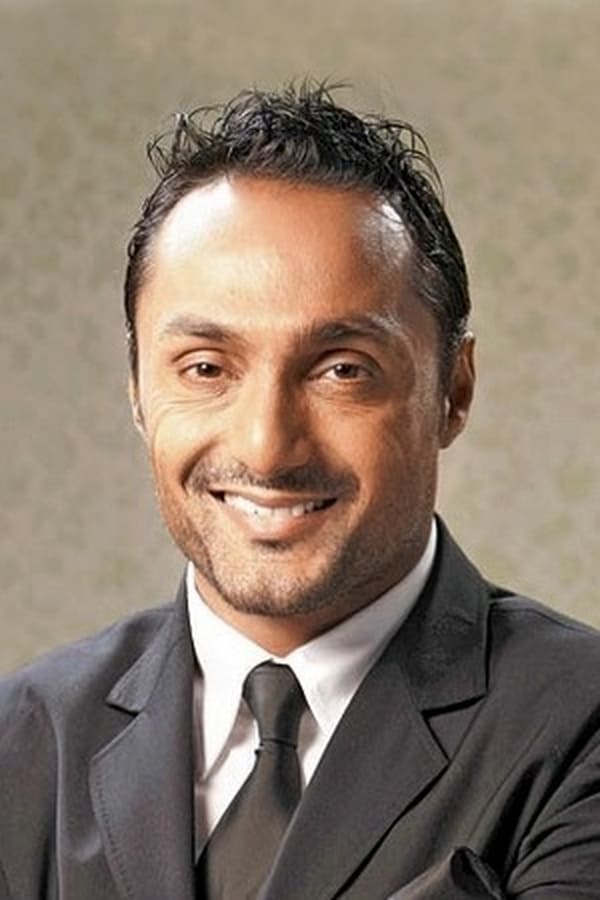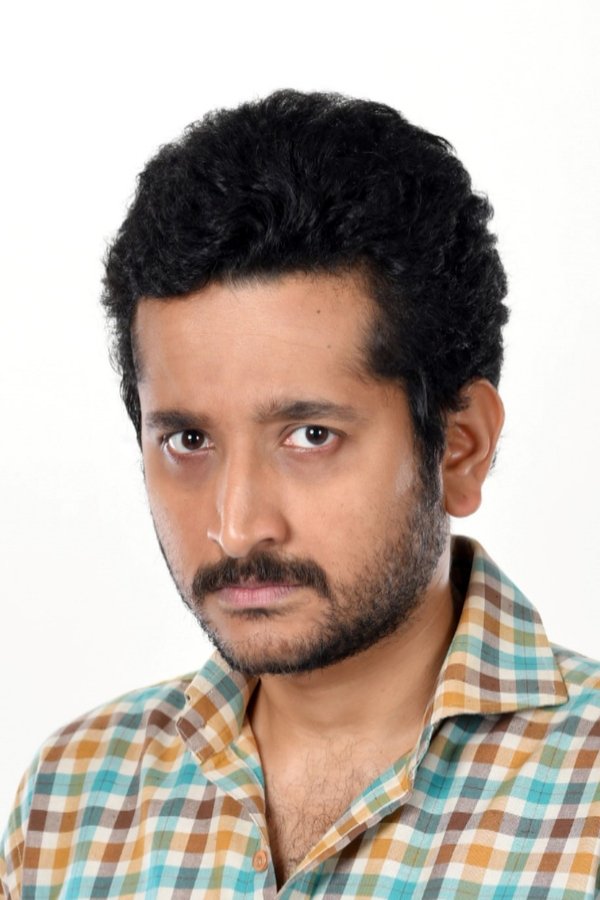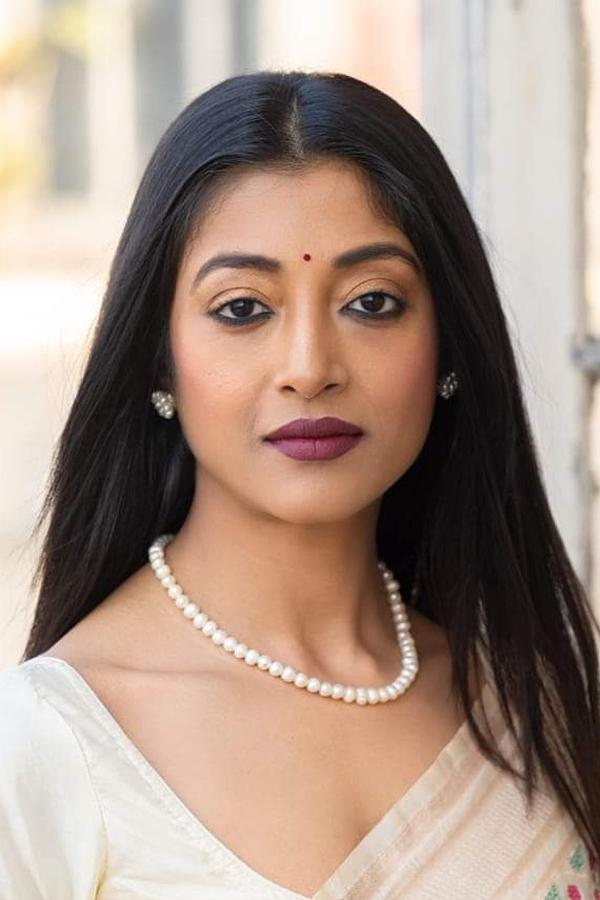The Love Triangles in 'Tall Girl'
In Tall Girl, Jodi learns to stand tall and find confidence within.
Incluvie Foundation Gala - Learn More





It doesn’t make sense to assume viewers will mimic what they see on a screen, no matter how impressionable they may be. But that’s not the only way violence on screen impacts audiences. From causing distress to desensitization, insensitive depictions of harsh realities and violence have a myriad of negative effects. As Lisa Damour surmises, just as with suicide or smoking, sexual assault should be of importance in the conversation on what’s considered safe for consumption by teenagers and adolescents. I’d like to go one step further and suggest that maybe sexual assault can be addressed in cinema without ever portraying it on screen at all. From a point of view of necessity in the depiction of post-traumatic stress disorder in survivors of rape or in those close to the victim, the rape scene barely contributes to the exposition. If anything, a poorly shot or distastefully made rape or sexual assault scene could just perpetuate harmful stigmas about openly addressing it, and even trigger viewers. So, at the center of this conversation lies the question “Who does a rape scene really serve?”
Now, I’m aware that dialogue isn’t always the best way of addressing something cinematically. I belong to the school of thought that prefers show over tell. But showing has its own limitations as it might, if not done with the utmost care, become an unwitting participant in what it attempts to critique. A great example of this is the film Blonde. It’s entirely possible that the creative team didn’t have the right intentions, to begin with, but I’m choosing not to be that cynical today. Whatever the intentions though, the film’s portrayals of Marilyn’s abuse and the innumerable transgressions against her are so unsympathetic that it seems complicit in the reduction of the woman into a commodity for speculation and worse, scopophilia. She’s inexplicably topless in a lot of scenes, and her abuse is filmed in such a way, it’s titillating and almost pornographic. So, it contributes to her abuse in a way.
Most of us are very familiar with or even nostalgic about Western horror movies. After all, everyone has heard about films like Scream, The Ring, Halloween, The Shining, and so many more their entire lives. However, you may be surprised to find out that quite a few of your favorites are actually influenced by or even remakes of Asian cinema! Yes, Asia is actually quite a large hub for amazing horror films even to this day, some people just never notice! Well, I'm here to change that. It's time to not let those words at the bottom of the screen scare you but instead be scared by some of the best horror you never knew about.
Premise: Seven years after the death of his wife, CEO Aoyama is invited to sit in on auditions for actresses. Yamazaki Asami catches his eye, a striking young woman with ballet training. However, Aoyama soon realizes she is not as reserved as he first thought.
Horror has a long history of murdering its women characters. This is because horror films uphold the gender ideology that women are far less superior to men; hence, women in horror are often slashed or eaten. One might argue that the lack of a woman's gaze or relatable women characters leads many women spectators to not fall in love with the slasher genre. While Carol Clover's final girl might make women pumped up about seeing a woman survive a horror film, that doesn't mean all women would identify with the final girl (especially if she's written stereotypically). I've discovered that there's a new horror genre: a genre that combines slasher, cerebral (psychological horror), or women's horror that are often directed, written, produced, and/or starring women. Coined by Amy Jane Vosper comes a new hybrid horror genre: cerebral gore.
According to Vosper's Film, Fear, and the Female, “This new subgenre, to which I shall refer as cerebral gore, often purposefully subverts the male gaze or satirically employs it as commentary on its undesirability.” Vosper mentions these films are usually marketed for women, but do not exclude men's viewership. The main goal of cerebral gore is to make a social commentary on gender. Particularly, the role women play in slashers. Another goal is to make women the star of the horror genre without villainizing them. For this reason, cerebral gore films will have a main woman protagonist that women audiences can identify with. Additionally, cerebral gore allows women spectators to enjoy the gore and violence as, what Vosper describes as, "visceral imagery." This proves that women do love gory films, but probably not the ones where women are the victims. I have come up with a ranking list of five cerebral gore films, so we can further evaluate what makes a horror film a cerebral gore. Who knows, maybe you've watched a cerebral gore film without even knowing it.
If you’re a fan of Katharine Isabelle, you will love her in American Mary (2012). Katharine Isabelle is no stranger to the horror genre. Most people know her in Ginger Snaps (2000) as a werewolf, and if you’re like me, you know her as the character Ava in Supernatural. Watching her in Ginger Snaps and Supernatural, I can tell that Katharine Isabelle is great at playing a villainess, but it’s hard to say if she’s a villain in American Mary. Directed by The Soska Sisters, a.k.a. The Twisted Sisters, American Mary, focuses on a surgical med student (Mary) who is struggling to pay her tuition. So, she makes a living giving surgical patients body modifications. The film doesn’t sound as scary, but one of the horrors of the film is watching Mary slicing the nipples off a woman, who wants to remove her breasts and have a sealed vagina. The reasoning behind this procedure is to bring social commentary on how women are constantly erotized by men. In order for the woman to avoid being a sex toy for her husband, she wants her body to be censored like a Barbie doll. Check out Ateryo's, "15 Modern Horror B-Movies To Watch This October" referencing, American Mary.
Things take a turn when Mary is raped and drugged by her professor at a party he invites her to. Once Mary realizes what happened, she exacts revenge by kidnapping her professor and torturing him by performing a severe body modification and mutilating him. Ultimately, her obsession with body modification kills her in the end. Amy Jane Vosper specifically mentions American Mary as a cerebral gore-horror film that utilizes gore to not necessarily frighten women spectators, but that “appeals to the artistic and aesthetic sensibilities of the viewers.” This can be seen in Mary’s death scene. As she lies on the floor bleeding to death, we see her in a restful pose, and her blood smeared on the floor looks like splattered paint, making her death look like a painting.

A child bride grows up to be an enigmatic woman presiding over her household, harboring a painful past as supernatural murders of men plague her village.

Anvita Dutt
Director

Anvita Dutt
Director

Triptii Dimri
Bulbbul

Rahul Bose
Indranil / Mahendra

Avinash Tiwary
Satya

Parambrata Chatterjee
Sudip

Paoli Dam
Binodini

Varun Buddhadev
Little Satya

Ruchi Mahajan
Little Bulbbul

Sameer Deshpande
Bulbbul's Father

Veera Kapur Ee
Pishima
In Tall Girl, Jodi learns to stand tall and find confidence within.
He’s a nine-time Oscar host and a revered comedy legend. He’s an up-and-coming comedy star who was a voice in the biggest animated movie of all time. So what happens when these two are forced to work together?



